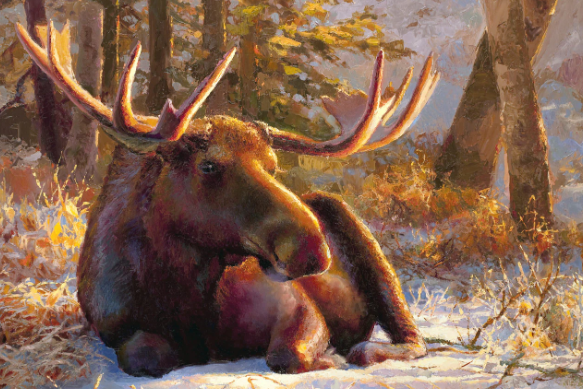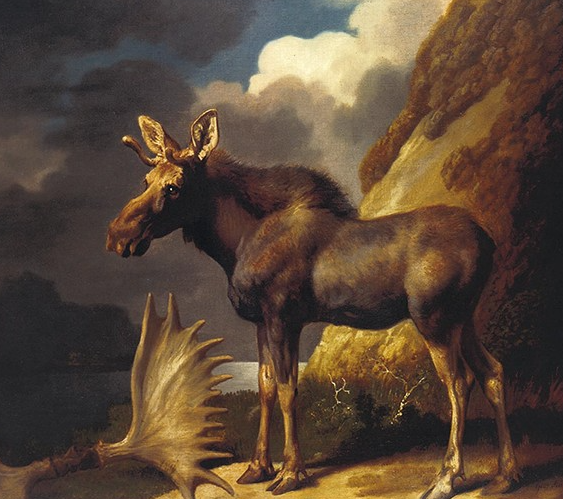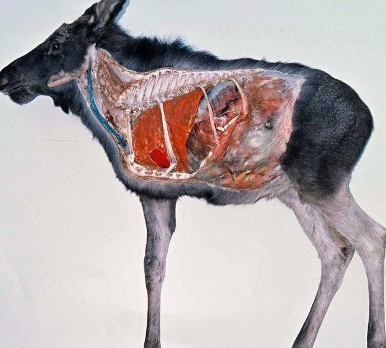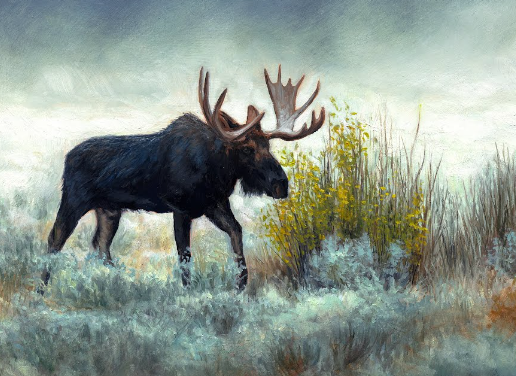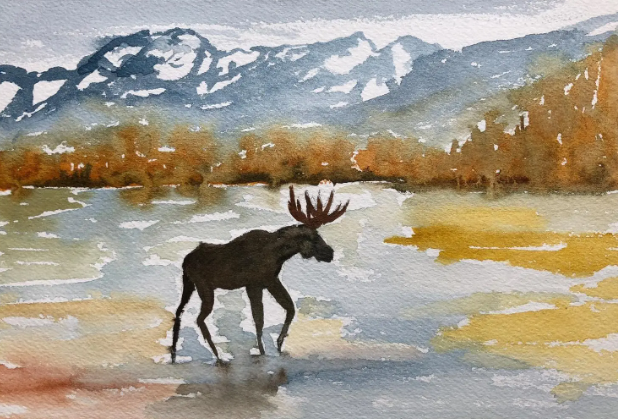Exploring the Art of Moose Painting
Painting a moose can be an exciting endeavor for artists and wildlife enthusiasts alike. These majestic creatures symbolize the wilderness and evoke a sense of tranquility. Whether you’re an experienced painter or a beginner looking to explore wildlife art, understanding the nuances of moose painting can greatly enhance your skills and appreciation for this beautiful animal.
Understanding Moose Anatomy and Characteristics
Before putting brush to canvas, it’s essential to grasp the unique anatomy and characteristics of moose. Moose are the largest members of the deer family, distinguished by their long legs, large bodies, and impressive antlers. A keen understanding of their physical traits, such as the texture of their fur and the shape of their antlers, will help artists portray them more accurately. Observing moose in their natural habitat, whether through photos or in person, can also provide invaluable insights into their behavior and environment, enriching your artistic representation.
Choosing the Right Materials and Techniques
Selecting the right materials is crucial for painting a moose that captivates. Depending on your style, you may choose acrylics for their quick-drying properties or oils for their rich, vibrant colors. Consider using textured brushes or palette knives to mimic the natural ruggedness of a moose’s fur and landscape. When painting, focus on layering colors to capture the light and shadow that brings your subject to life. Incorporating a natural environment in your painting—like a forest, lake, or mountainous backdrop—can also add depth and context, enhancing the overall composition.
Inspiration from Nature and Other Artists
Looking to the works of other artists can provide incredible inspiration for your own moose painting. Artists like Robert Bateman and Charley Harper have beautifully captured wildlife in their unique styles, showcasing the majesty of moose in various settings. Visit galleries, museums, or online platforms to explore different interpretations, techniques, and color palettes used in wildlife art. Additionally, spending time outdoors, observing moose in their habitats, can ignite fresh ideas and perspectives for your artwork, inspiring you to create something truly special.
Conclusion
Painting a moose can be a fulfilling and enriching experience, allowing you to connect with nature and express your creativity. By understanding moose anatomy, choosing the right materials, and seeking inspiration, you can create stunning artwork that resonates with viewers. So grab your paintbrush and start exploring the world of wildlife art today. Don’t hesitate to share your creations or ask for feedback from fellow artists—you might find your next great idea in collaboration!

